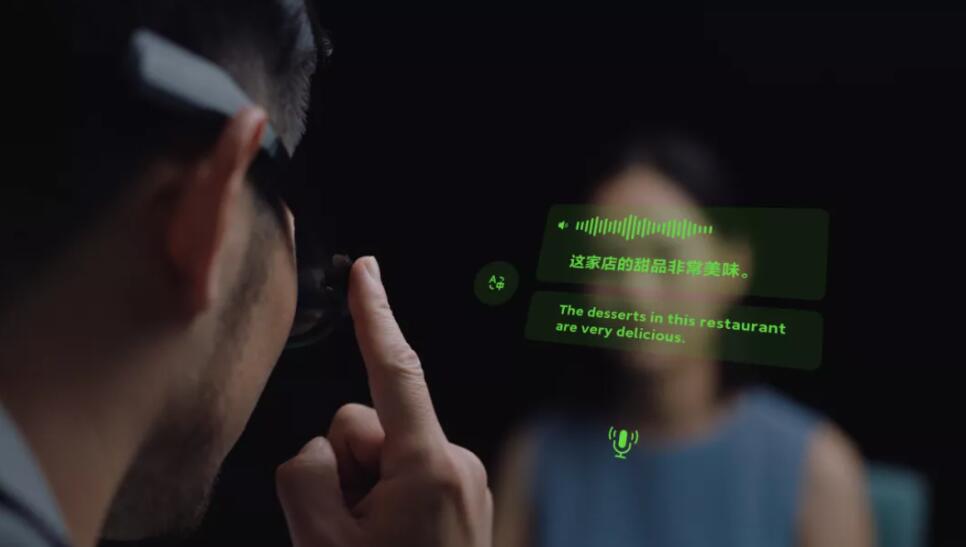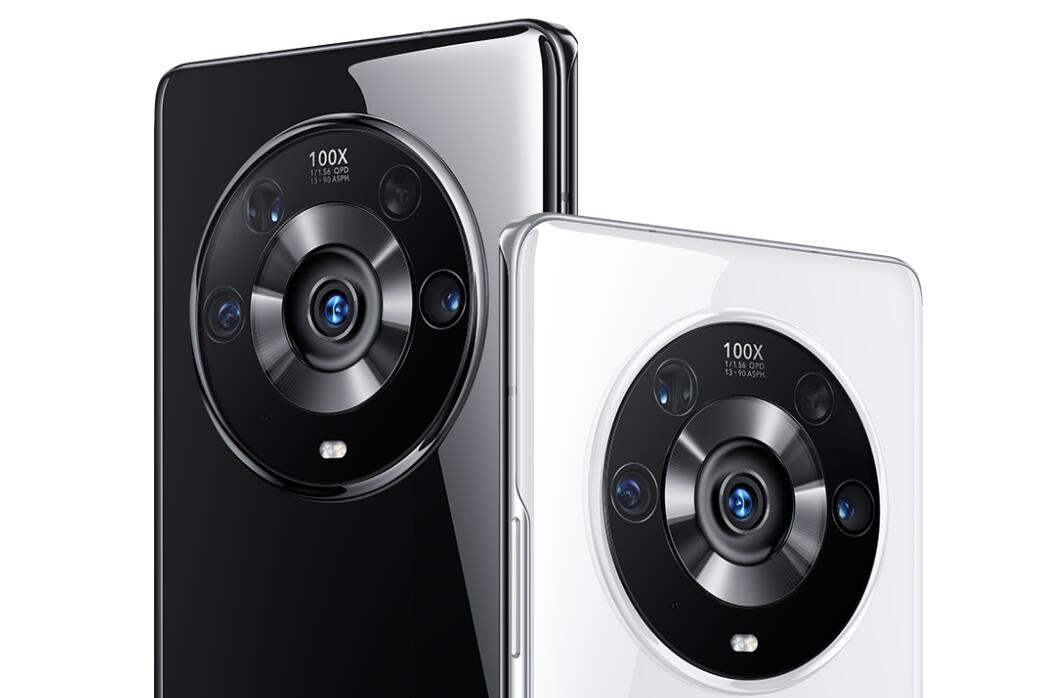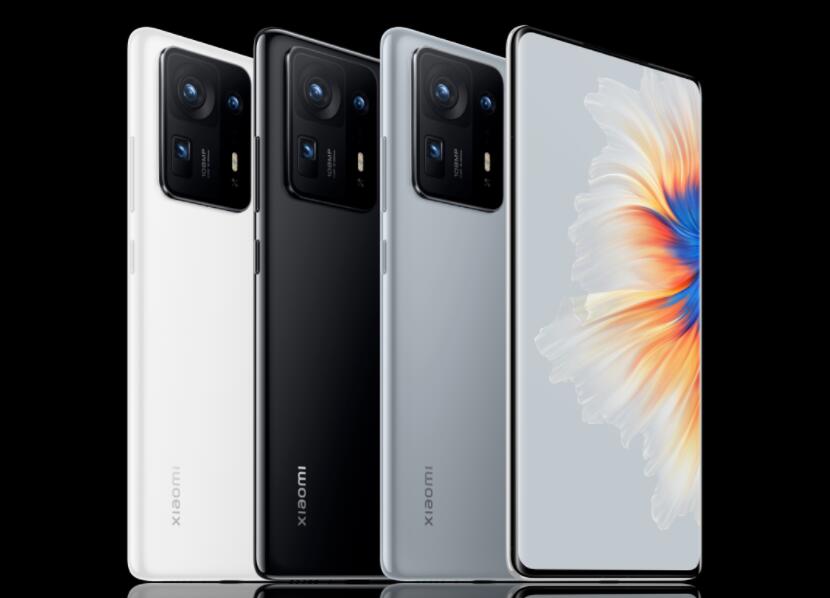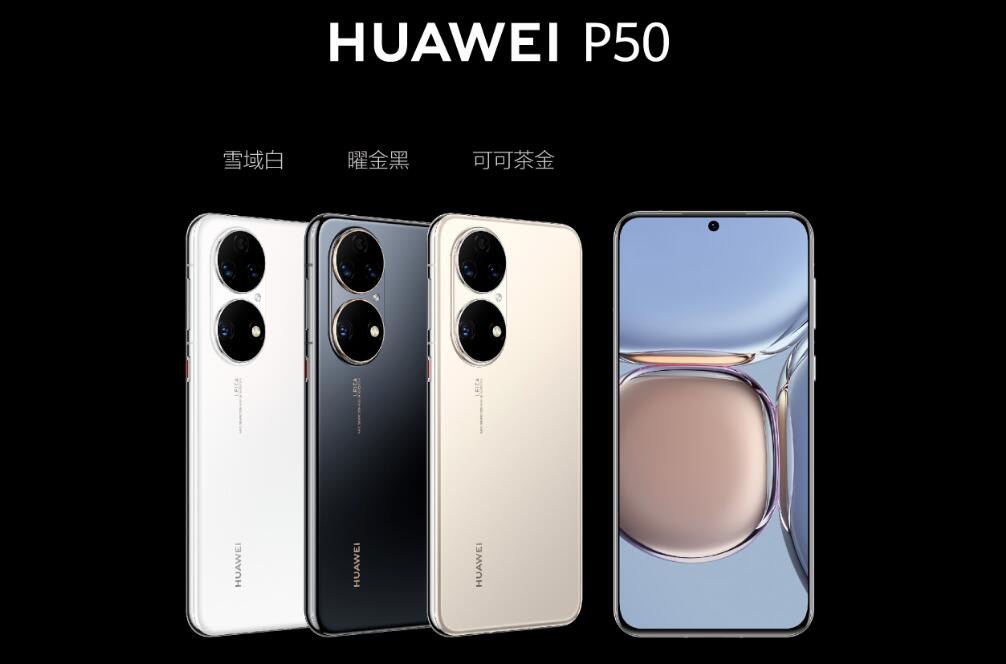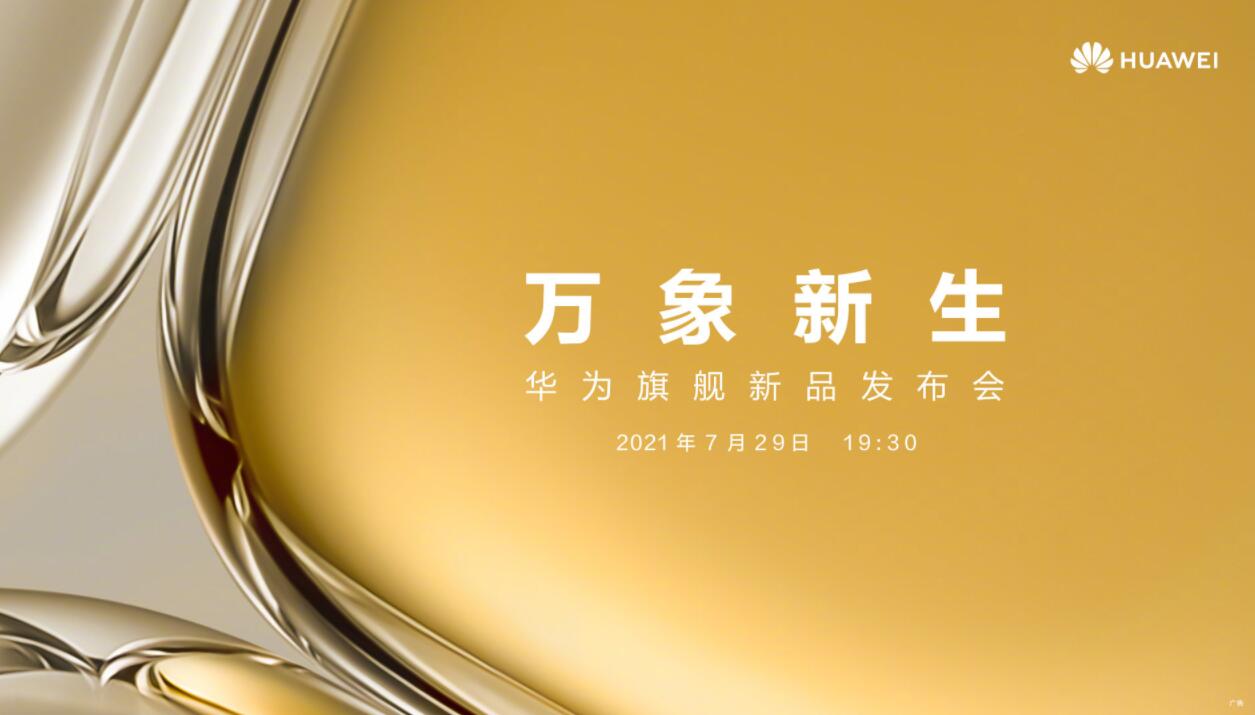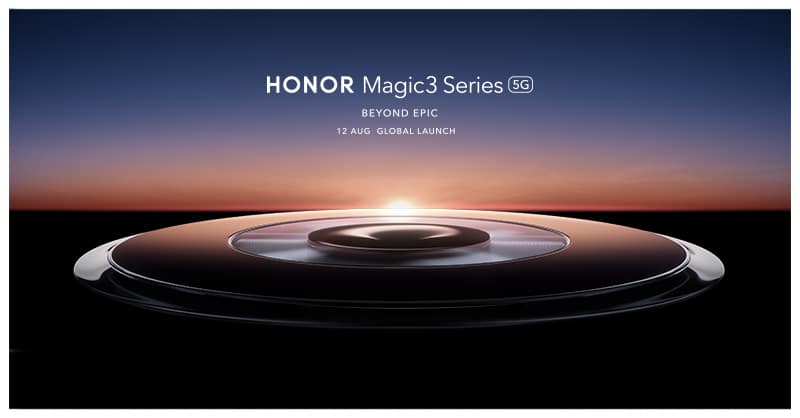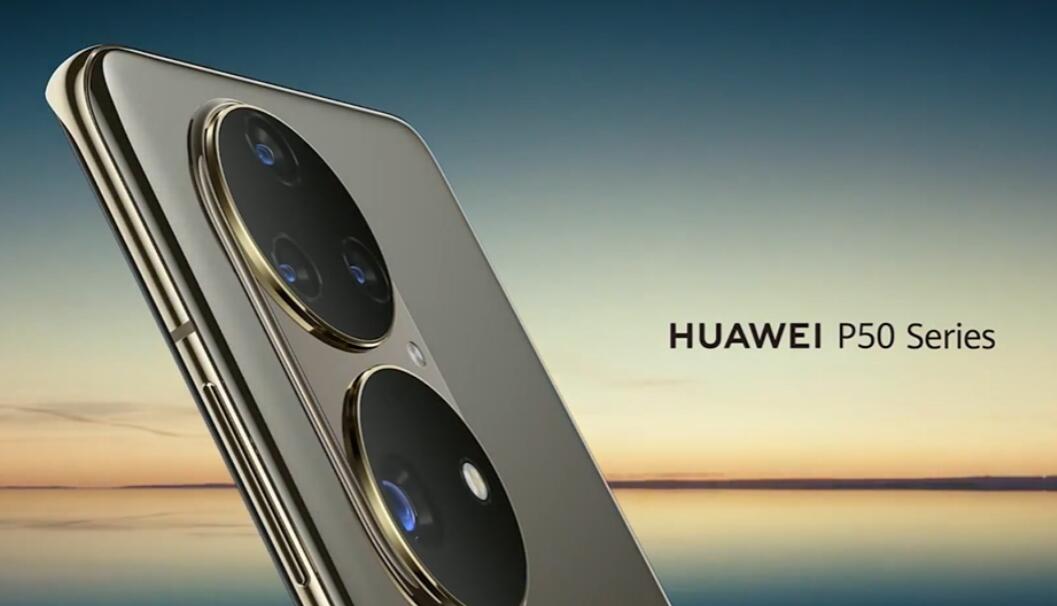
Huawei P40, which will be unveiled in March next year, could be the company’s first phone running Harmony OS. Now there are reports saying it may also have Android system in it.
The upcoming P40 which will succeed the Huawei P30 from the current year will be capable of dual-booting both Android and Harmony OS, straight from the factory, Gizmochina reported on Saturday.
The concept of a dual boot on smartphones hasn’t really caught on but this might be the only possible solution for Huawei to evade its tricky situation, the report said.
If that becomes true, Huawei will ship its upcoming P40 flagship device with two separate operating systems, Harmony OS and AOSP, which will be completely independent of each other. Essentially, it will function like two different smartphones in one package.
Last week, Chinese media reports said Huawei plans to launch a new all-screen smartphone with under display selfie camera in Paris on October 17 and the device may be Huawei's first phone running the Harmony OS.
But soon after that, Huawei said it’s fake news. Responding to Chinese media Yicai.com, insiders from Huawei said this is not true and all are based on speculation.
Huawei denies Harmony OS report, saying no such phone this year
The people added that creating the Huawei Mobile Services (HMS) ecosystem is their priority and the Harmony OS will not be used in any smartphone.
Richard Yu, Executive Director, CEO of the Consumer BG, said in September if Huawei loss access to Google's Android, then they will use their own Harmony OS and the first phone running this system would be the P40.
The P series are Huawei's flagship phones and are released in March each year.
If the P40 finally end up running two systems, users will be able to experience what Huawei’s latest operating system brings to them. They would also be safeguarded by the backup option to run Android (AOSP), in case they don’t like Harmony OS, the Gizmochina report said.
Besides this will not only allow Huawei to get vital customer feedback which can be used to further enhance the user experience but also enable it to showcase some of its original features that might currently be missing on most popular mobile operating systems — iOS and Android.


